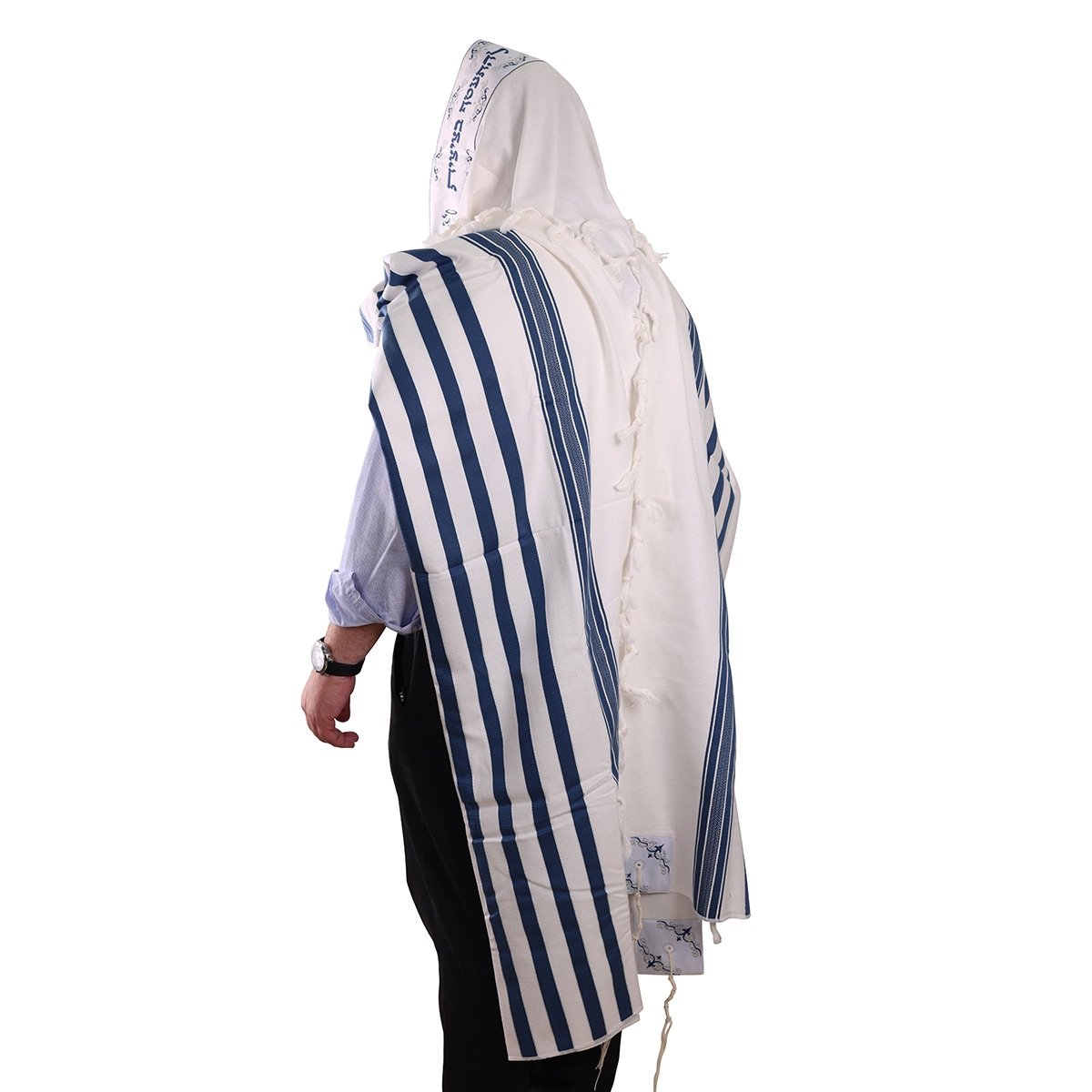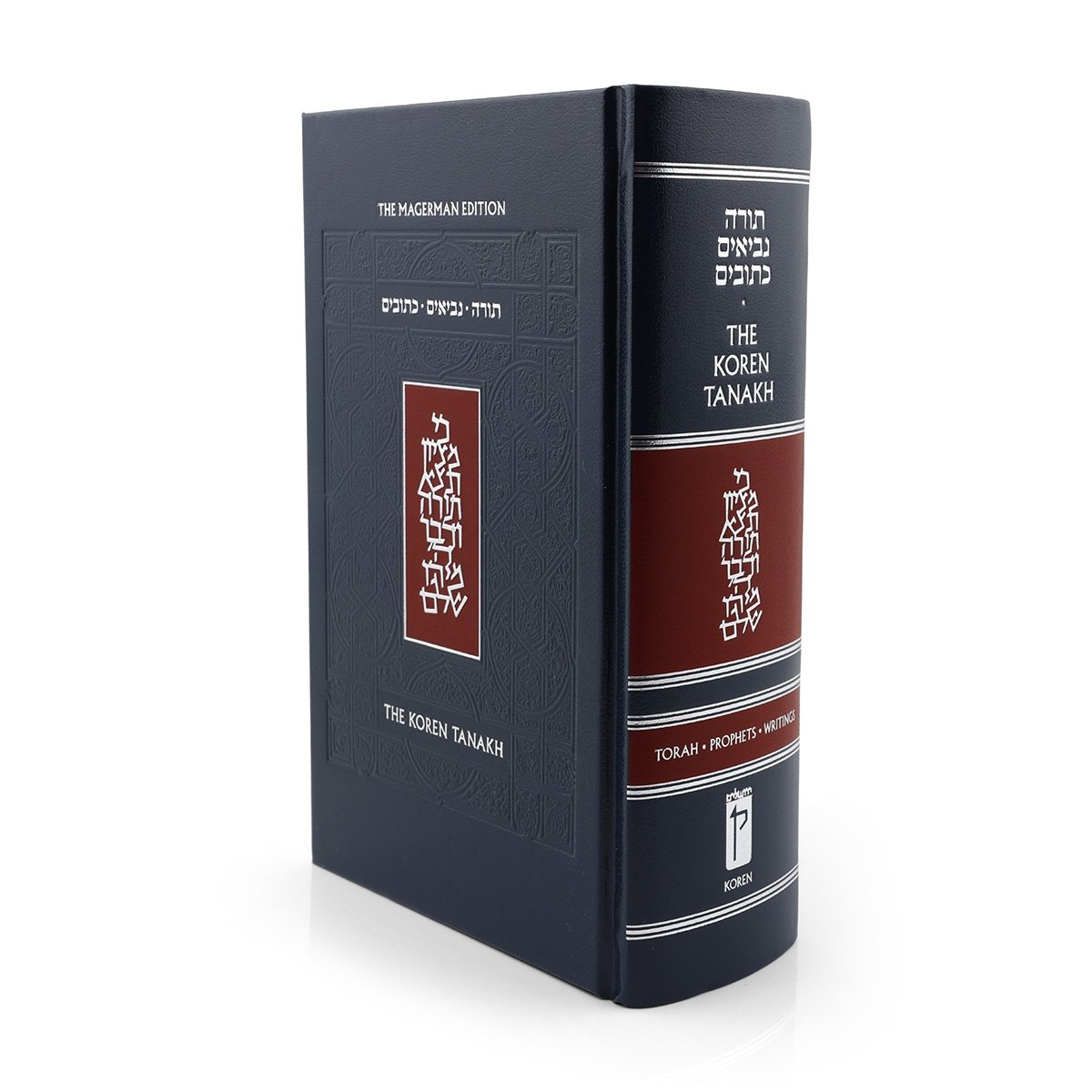The world's biggest Judaica store
Home to thousands of fantastic Judaica products!
Money-back guarantee
Satisfaction guaranteed – or your money back!
Worldwide shipping
From Israel with Love!
By Marian Apfelbaum
The Warsaw ghetto uprising was planned and accomplished by two organizations, the ZOB (Zydowska Organizacja Bojowa — Jewish Fighting Organization) and the ZZW (Zydowska Zwiazek Wojskowy — Jewish Military Union). While the part of the ZOB is well known though multiple books and articles, the part of the ZZW has been largely ignored for political reasons. Using extensive primary source material from Polish, Jewish and German sources, much of it here translated into English for the first time, the role of the ZZW is reported and analyzed, with special attention given to the fierce battle waged over the Polish and Jewish flags hoisted over the ghetto.
Paperback, 372 pages
About the Author
Marian Apfelbaum spent the war in Warsaw, first within the ghetto, and then in the “Aryan” area, hidden by numerous Catholics. After the war, he came to Paris and became a physician and finally professor of nutrition. He has written numerous books in his field.
Table of Contents
Chapter 1: Fraternal Enemies
Chapter 2: The Foundingofthe ZZW
Chapter 3: In the Ghetto
Chapter 4: The “Transfer” — Summer of 1942
Chapter 5: After the Massacre
Chapter 6: The Resistance of January 1943
Chapter 7: Last Preparations
Chapter 8: The Uprising
Chapter 9: Agendas and Obfuscations
Appendix 1: Documents Concerning Iwanski
Appendix 2: Documents Concerning
Tadeusz Bednarczyk
From the Preface
Warsaw! Few chapters in the horrifying history of the Churban are as well known or as inspiring as that of the Uprising in the Warsaw Ghetto — “a flash of lightning in the black night of the Nazi era”1 — an event that for successive generations has come to symbolize Jewish heroism and has been called a modern-day Masada.
But the doomed Jews in the Ghetto also fought a subtler battle — to chronicle their own suffering. To an astonishing degree, the Jews of Warsaw (and many other places) heeded the impassioned imperative of Simon Dubnow. Before his own death in Riga, the great Jewish historian had implored Jews to record history. As a result, a vast collection of documentation was amassed, much of it unearthed posthumously. Certainly, among the most important
sources was that collated by Emanuel Ringelblum and his colleagues who understood the need to preserve for future generations the story of the suffering and death of the Jews entrapped in the Ghetto.
From his hiding place in Warsaw in December 1943, shortly
after the Ghetto Uprising was put down, Ringelblum noted: “And why is there no information on the ZZW in the history? They must leave an imprint, even if in our eyes, they are unsympathetic.” It is that question that the present book attempts to answer. The conspiratorial nature of resistance movements does not encourage meticulous record-keeping. Not surprisingly, while the source material on life and death in the Ghetto is considerable, there is a relative paucity of documentation on the uprising itself. As a result, what we know about the revolt is in no small measure filtered through the prism of the personal testimony of survivors.
The existing documentation, whether of German, Polish or
Jewish provenance, and including the infamous report of ss General Juergen Stroop chillingly entitled “The Jewish Quarter of Warsaw Is No More,” does not tell the whole story and much is left to conjecture.
Even before the embers in the ruins of Warsaw — that greatest of European Jewish communities — had gone cold, the survivors set about recording the story. But it would be a mistake to believe that the political rivalries that had so embittered Jewish public lif






